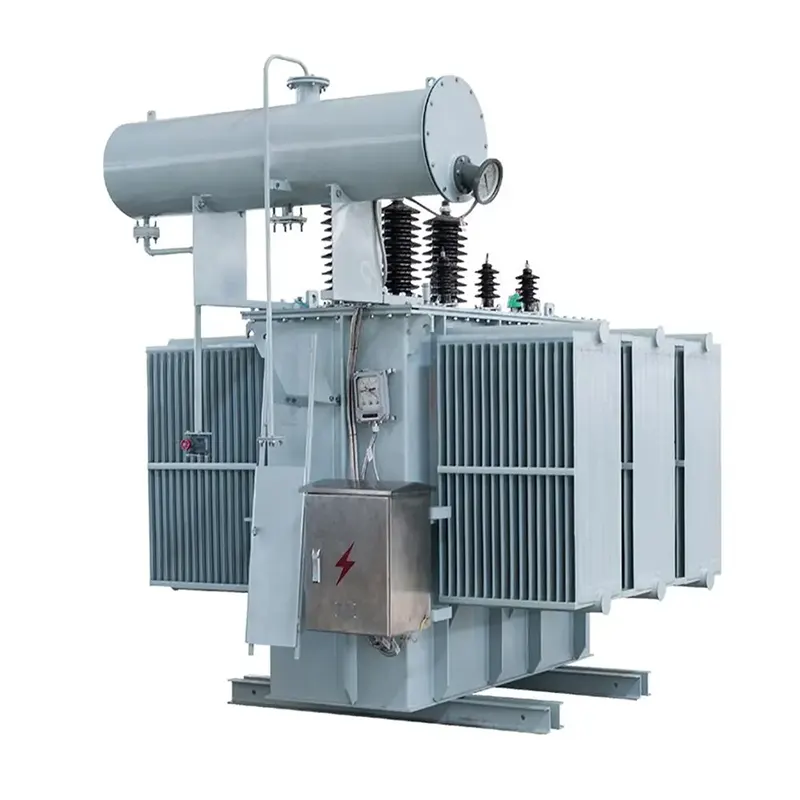 English
English Español
Español  Português
Português  русский
русский  Français
Français  日本語
日本語  Deutsch
Deutsch  tiếng Việt
tiếng Việt  Italiano
Italiano  Nederlands
Nederlands  ภาษาไทย
ภาษาไทย  Polski
Polski  한국어
한국어  Svenska
Svenska  magyar
magyar  Malay
Malay  বাংলা ভাষার
বাংলা ভাষার  Dansk
Dansk  Suomi
Suomi  हिन्दी
हिन्दी  Pilipino
Pilipino  Türkçe
Türkçe  Gaeilge
Gaeilge  العربية
العربية  Indonesia
Indonesia  Norsk
Norsk  تمل
تمل  český
český  ελληνικά
ελληνικά  український
український  Javanese
Javanese  فارسی
فارسی  தமிழ்
தமிழ்  తెలుగు
తెలుగు  नेपाली
नेपाली  Burmese
Burmese  български
български  ລາວ
ລາວ  Latine
Latine  Қазақша
Қазақша  Euskal
Euskal  Azərbaycan
Azərbaycan  Slovenský jazyk
Slovenský jazyk  Македонски
Македонски  Lietuvos
Lietuvos  Eesti Keel
Eesti Keel  Română
Română  Slovenski
Slovenski  मराठी
मराठी  Srpski језик
Srpski језик
What Is the Working Principle of Oil Immersed Transformer?
2024-10-18
Oil-immersed transformer is a widely used electrical equipment. Its operation is based on the basic mutual inductance principle of the transformer and is designed to convert the input voltage into the required output voltage.

The equipment is mainly composed of two core components: iron core and winding. The iron core, made of carefully stacked layers of insulating materials, plays a key role in enhancing the efficiency of magnetic flux conduction. The winding is composed of carefully wound conductive coils, which are divided into two parts: input winding and output winding.
When the input current flows through the input winding, a magnetic field is excited, which then acts on the core. Thanks to the excellent magnetic permeability of the iron core, the magnetic flux can be smoothly transferred to the output winding. Based on the esoteric principles of electromagnetic induction, the magnetic field in the output winding further induces the output voltage.
In order to further improve the operating efficiency and safety performance of the transformer, oil-immersed transformers are immersed in insulating oil. This kind of insulating oil not only has excellent heat dissipation capabilities, but also provides insulation protection, thereby significantly enhancing the voltage resistance of the transformer and effectively preventing breakdown accidents in the windings and core due to excessive voltage.
In addition, oil-immersed transformers are equipped with auxiliary monitoring equipment such as oil level gauges and thermometers. These devices can monitor the level and temperature of the insulating oil in real time. Once potential problems such as low oil level or abnormal temperature are detected, they can quickly issue an alarm so that necessary repair or maintenance measures can be taken in a timely manner.



